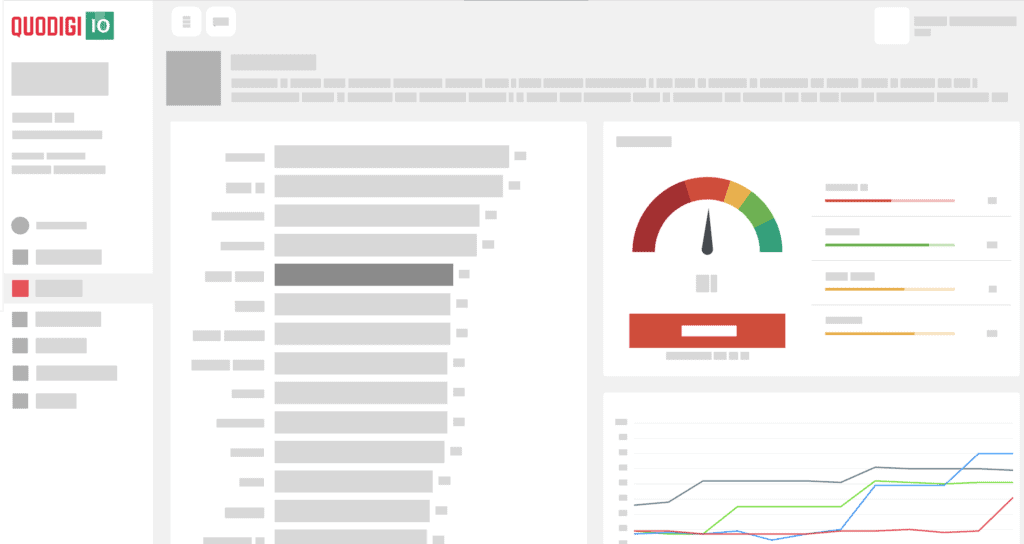It is often said that companies that decide to innovate have no alternative but to face an uncertain and expensive path whose results will be by nature difficult to predict/measure. I do not exclude this possibility a priori, but I think there are some measures that can be taken to make this path less risky, expensive and unpredictable.
Setting Expectations Correctly: The risk-reward ratio for investment in innovation within SMEs
First of all, it is necessary to make an appropriate distinction: in this specific case, we are not talking about disruptive innovation as evoked by the stories of Silicon Valley entrepreneurs supported by Venture Capital funds. Venture Capital invests in innovations disruptive that bring a completely new paradigm on the market and that has a market potential in case of operation > 1 billion € of revenues (operators of the sector forgive the extreme synthesis!). These assumptions allow the operation of the "economies of scale" for which on 10 investments made, 1 investment provides a return so large as to repay the 9 unsuccessful investments with margin.
In the case of an SME, innovative ambition tends not to be a priority. disruptive but rather to better position itself on a market by intercepting new dynamics. Under these conditions it is clear that the market outlet for innovation is not sizable > 1 billion €, since it acts on a market tendentially consolidated and already competitive. It is also clear, however, that the level of risk is much lower. In fact the SME by nature probably will not bring a new paradigm but will work on improvements and incremental innovations, already possessing:
- an accurate knowledge of the reference market (needs and dynamics)
- the control of appropriate distribution channels
- the skills relevant to the specific market
It may therefore in this case even be misleading and misplaced to follow "Silicon Valley" approaches and ideologies.
Consider below the case of an SME that wants to exploit the new possibilities given by the advancement of a particular technology to conceive a new product or service in order to improve its commercial offer and market positioning.
Favour the fiscal absorption of the costs incurred through the correct identification of the research and development phases
It is good to separate the R&D phase from the roll-out and commercial development phase, as they are phases that have very different objectives: in R&D there is an "exploratory" attitude, within certain time and budget limits, aimed purely at identifying the object of innovation that will bring an advantage. Only in the following phases will this object be made exploitable in terms of organization, then configured in such a way as to make it scalable, an object of margin and finally compatible first of all with the organization itself and then with the sales channels and the market. Safeguarding the R&D phase is a necessary clarification to be made for all those companies not accustomed to the process because often these phases, for various reasons, are not managed separately going to distort the process undermining the fruits.
An advantage of clearly identifying the R&D phase is that of being able to apply the available tax incentives, which in some specific cases allow an almost total recovery of the costs incurred in the form of tax credits.
Decrease execution risk by extending the impact of innovation to the organization in a phased manner
When we talk about digital transformation, we are used to thinking about complex and articulated end-to-end transformation plans. It is absolutely legitimate to set an ambitious goal, but at the same time experience teaches that it is good to articulate the intervention in stages, going to impact the organization in a progressive way. There is often a tendency to plan a transformation of the business model involving a large number of company departments and involving changes to the financial structure of the business. This approach, without going into the merits of how appropriate it is, is implemented by consulting firms top tier with customers > 1 billion € turnover, while more than once I have heard that "smaller companies cannot afford to innovate". You may agree that this kind of approach can be applied only on large companies, but keep in mind that there are also other types of approaches.
One can opt for an approach in which interventions are divided into sequential phases, minimizing for each phase the number of employees/company departments involved in the change and associating to each phase a quick win for the company.
Increasing financial sustainability by involving the players involved in every single phase in a transversal manner
On the one hand, this approach makes it possible to considerably reduce the execution risk by limiting it, and on the other hand, it paves the way for combining organizational quick-wins in each phase. For example, in a project of servitization Before intervening and modifying the business model of a consumer durable, one can act on the product by inserting a standard IoT component that allows the customer service department to decrease the information transfer time in case of support requests, thus reducing the unit cost of the support ticket issued. Next, we can move on to configure a new commercial package for "telemetry" services on a given product line and that will support its implementation costs on a larger scale. Finally, after various steps built with this logic have proven to work in the marketplace, it may make sense to consider changing the business model to as-a-service of the company, also having a solid foundation on which to carry out such a delicate operation.
In order to proceed in a way that is sustainable for the company, it is necessary for the setting up of each phase to involve all the actors involved in a transversal manner at the same working table.
In this way, a constructive dialogue is stimulated in order to facilitate the work of the production, commercial and marketing management to balance each implementation cost with as many benefits for the company, in the form, for example, of recovery of inefficiencies, new revenue or change in market positioning.
The approaches to follow for this type of project can be multiple. However, it is interesting to note that for a case history such as the one presented 90% risk factors, provided they are correctly identified, are governable by the company.




